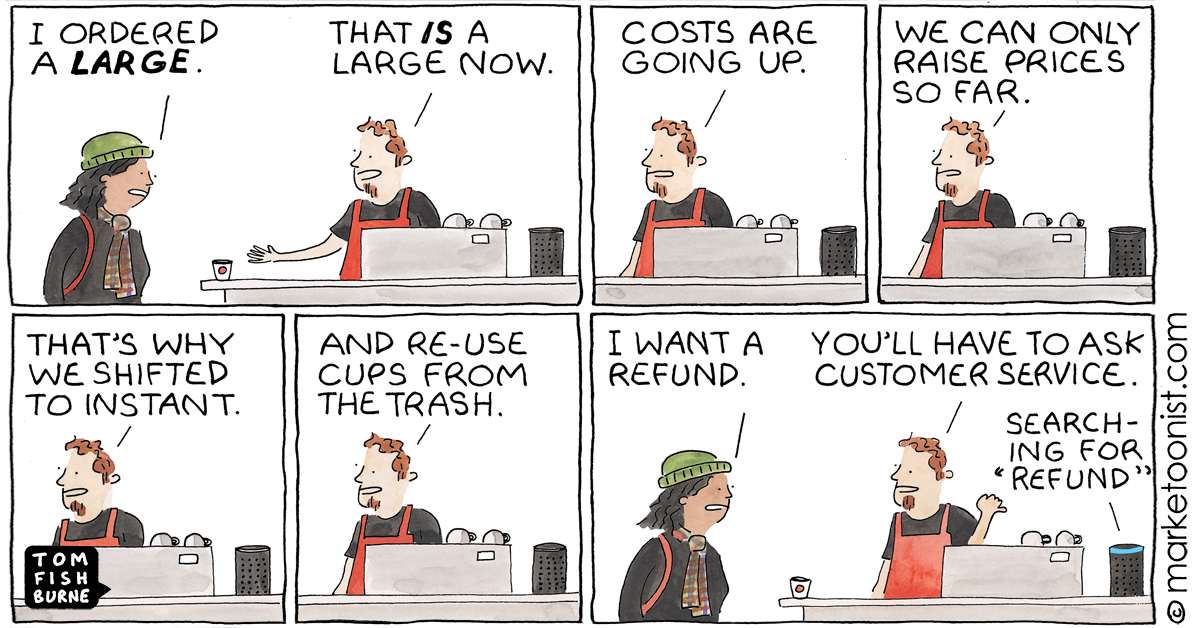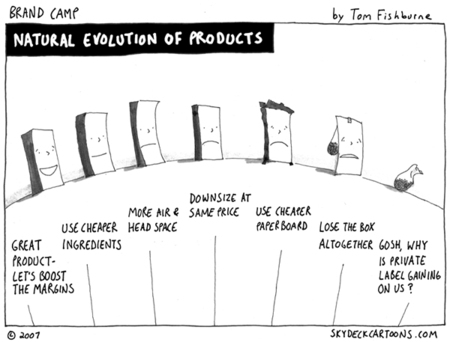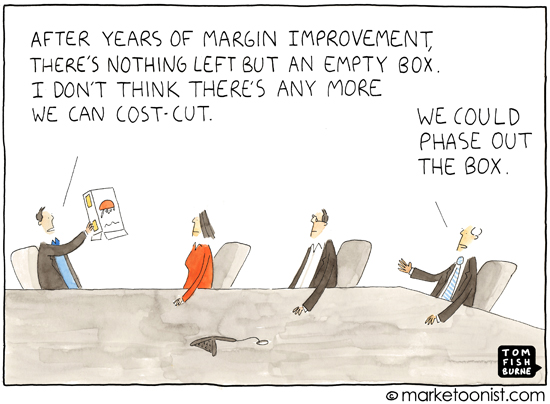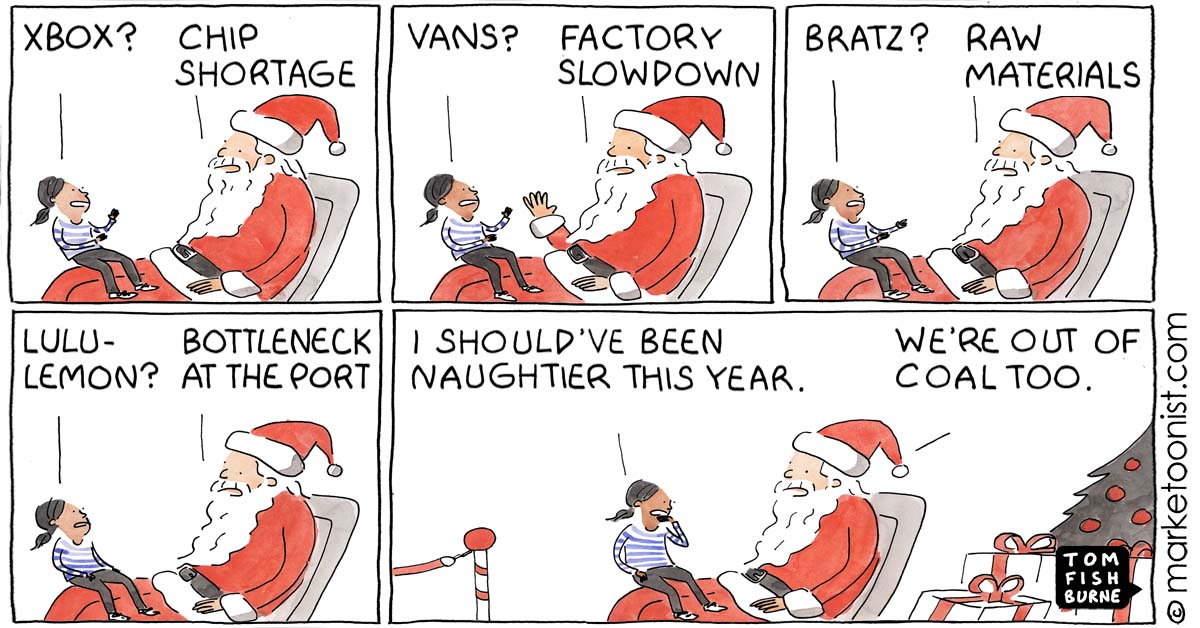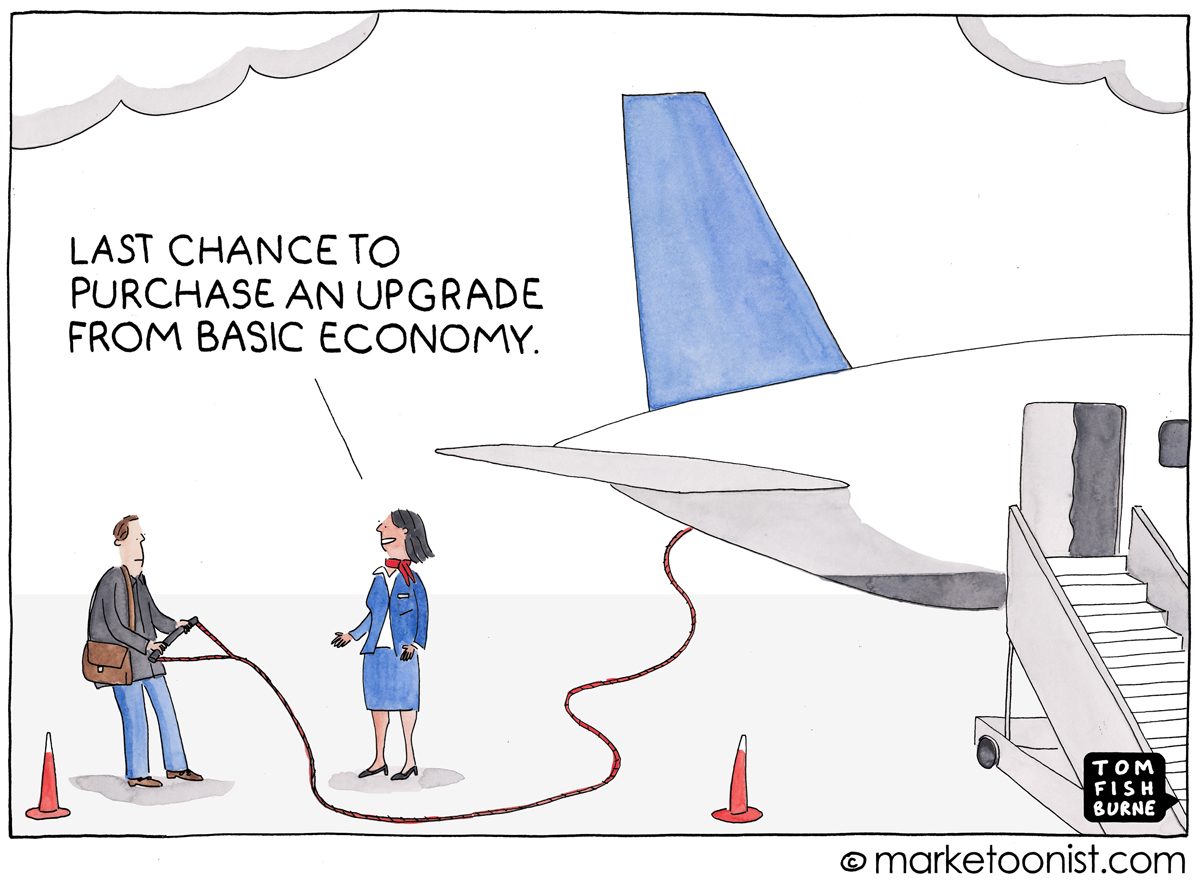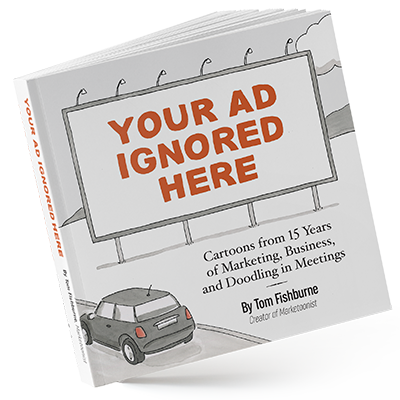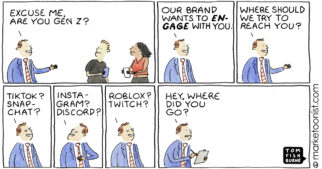A few weeks ago, NPR’s Planet Money coined a catchy new economics term — skimpflation:
“We’ve all heard about rising inflation. The price of stuff is going up. And if you read this newsletter, you’ve heard of shrinkflation. That’s when the price of stuff stays the same, but the amount you get goes down. The economywide decline in service quality that we’re now seeing is something different, and it doesn’t have a good name. It’s a situation where we’re paying the same or more for services, but they kinda suck compared with what they used to be. We propose a new word to describe this stealth-ninja kind of inflation: skimpflation. It’s when, instead of simply raising prices, companies skimp on the goods and services they provide.”
As examples, NPR references Disney cutting tram service from their parking lots, hotels dropping breakfast buffets, airlines with hours-long hold times, and Dominos delivery times going up.
Brand teams across the economy are working hard to figure out how to respond to rising costs and maintain their profit margins. Margin improvement projects are nothing new. Usually brands have a long list of ideas to boost their margins, ranked by profit impact and how noticeable these changes may be to consumers. Brands may shift to less expensive ingredients or light-weight their packaging, hoping consumers won’t notice each individual change.
Marketers sometimes try to spin more noticeable cost-cutting initiatives as product benefits. My favorite ridiculous example came from one of our competitors when I worked on Yoplait. This competitor downsized their product by 1-2 ounces, keeping the same price. Usually when brands do this, they shrink their packaging as well, so at least the product looks slightly smaller on shelf. But this brand kept the original packaging (looking the same at shelf), leaving inches of empty air at the top of the yogurt that consumers wouldn’t see until they opened it.
On the outside of the packaging, they added a burst that read “Now Room for Your Favorite Mix-ins!” as if taking out product from the container was for the consumer’s benefit.
I thought of that when I read about the Disney CFO catching flak last week for saying in an earnings call, “We can cut portion size, which is probably good for some people’s waistlines.”
Shrinkflation and skimpflation are suddenly very noticeable, because all of these changes are happening all at once in a short period of time. The ACSI reported that customer satisfaction is at its lowest point in 15 years.
In some ways, the risks of taking these more noticeable actions right now is less because other brands are doing the same things. But there are risks. Consumer products always feel pressure from private label. And upstart brands can take advantage of incumbents’ weaknesses to make inroads.
And ultimately there is a point at which too much cost-cutting affects what a brand stands for altogether. The classic Will Rogers quote applies to brands: “It takes a lifetime to build a good reputation, but you can lose it in a minute.”
